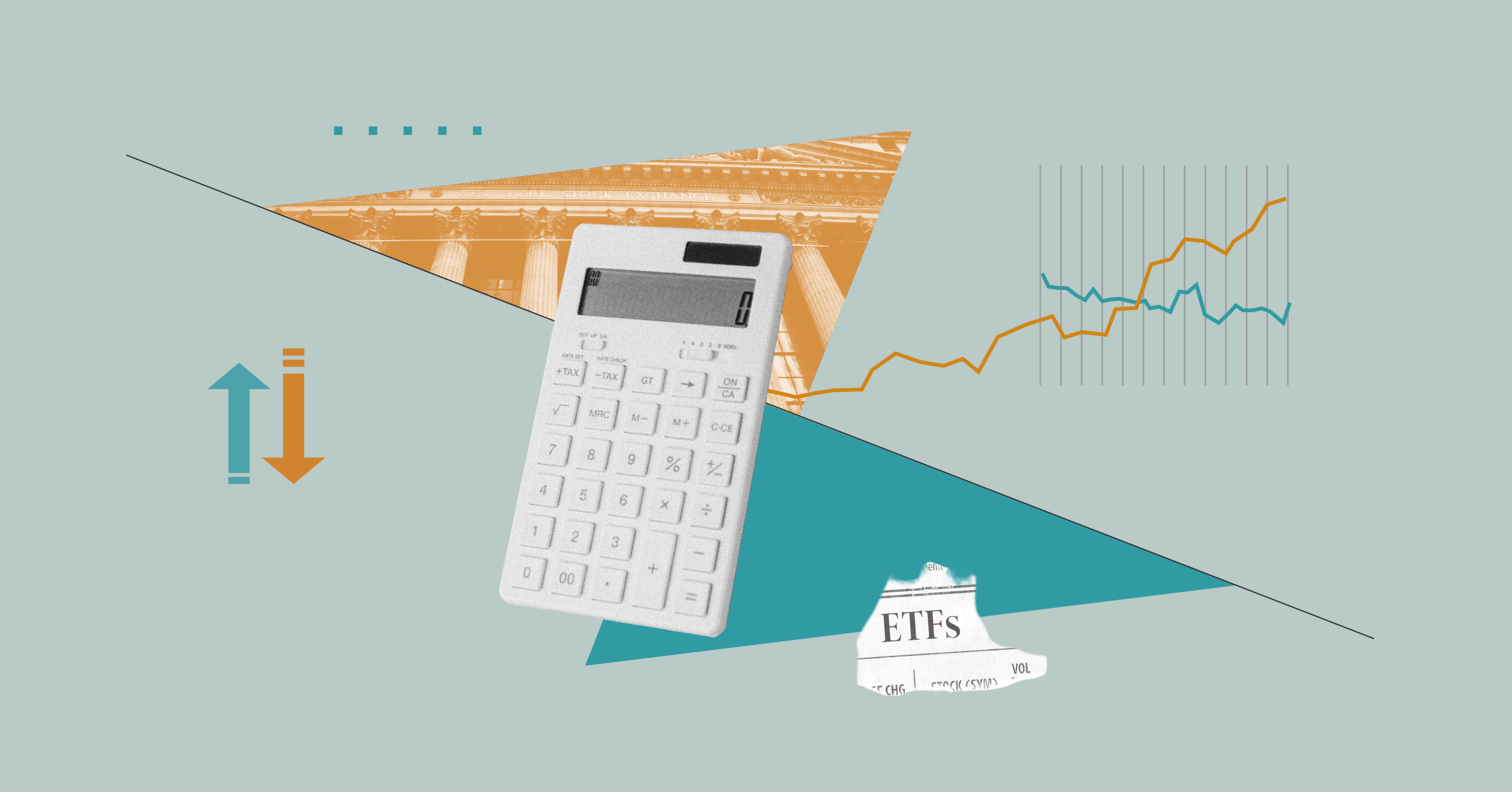Active ETFs: A Boom, but Plenty of Busts
MIC panelists on the key trends and differences in the growing space of active ETFs.

Actively managed ETFs currently make up a disproportionate number of all ETF launches, inflows, and headlines. At the 2024 Morningstar Investment Conference, three industry veterans spoke on a panel about how these funds are changing the investing landscape.
The panelists represent firms that have embraced ETFs to differing degrees. On one side of the spectrum was Nicole Hunter, head of capital markets at Dimensional Fund Advisors. In 2021, DFA converted nearly $30 billion of its mutual funds to ETFs and launched many more. It currently sports over $140 billion in assets across 38 active ETFs. In the middle was Jodi Love, lead portfolio manager at T. Rowe Price, which has 15 ETFs with more than $4 billion between them. On the more cautious side was MFS Investment Management, represented by Michael Keenan, senior managing director for national accounts. MFS (which created the first mutual fund 100 years ago) filed to open its first five ETFs this year.
Boom and Bust
Love noted that despite active funds accounting for only about 5% of overall ETF assets, about 70% of recently launched ETFs have been active. The boom follows an SEC regulation change in 2019, known as “the ETF rule,” which made it far easier for firms to launch active ETFs. Hunter said this was a significant factor in DFA’s decision to push into this market.
Hunter also mentioned that while active ETFs make up a disproportionate share of launches, they also make up a disproportionate share of closures. Last year, more than 100 active ETFs shut down, making up 43% of all ETF closures.
Taxes On Their Minds
One of the main advantages of ETFs is their tax efficiency. In these funds’ share creation and redemption process, securities trade hands rather than cash, deferring capital gains taxes. Hunter explained how the funds DFA converted to ETFs were already focused on being tax-efficient, so the conversion made special sense in those cases.
Love explained how with active ETFs, she had to think not just about how to generate alpha (as she had as a manager at mutual funds), but also how to do so in a way that minimizes taxes.
Transparency?
The panel discussed the comparative merits of transparent and semi-transparent ETFs. The latter report their holdings less often, more like traditional mutual funds. All of DFA’s ETFs are transparent, with Hunter explaining, “Transparency was a good fit for us; we’re not doing traditional stock picking.”
Love mentioned that out of T. Rowe’s 10 active equity ETFs, five were fully transparent, and five others, which are clones of existing mutual fund strategies, were semi-transparent. They made the cloned funds semi-transparent to help protect the mutual fund strategies. The fear is that traders will look at what the funds are doing and copy their strategies, potentially making it hard to execute trades—a process known as frontrunning. She added, “We don’t have data that we’ve had any issues of frontrunning our core mutual fund strategies in transparent active ETFs.” Hunter said the market is still in the early days of semi-transparent ETFs, with some regulatory issues holding up broader adoption.
All three panelists agreed that while ETF adoption was strong, traditional mutual funds weren’t going anywhere. Keenan said, “I’ve been in this business 25 years, and I’ve heard every one of those years that this will be the end.” He continued to say he is “fairly agnostic about how people consume [our products].”
They also agreed that ETFs aren’t appropriate for all strategies, mainly because of size. ETFs can’t be closed to new investment in the same way traditional mutual funds can, and not all strategies can be indefinitely scaled up.
The author or authors do not own shares in any securities mentioned in this article. Find out about Morningstar’s editorial policies.


/cloudfront-us-east-1.images.arcpublishing.com/morningstar/UEU7ZJHEKBDGBHFL6N73M24EYY.png)
/cloudfront-us-east-1.images.arcpublishing.com/morningstar/T2LGZCEHBZBJJPPKHO7Y4EEKSM.png)
/cloudfront-us-east-1.images.arcpublishing.com/morningstar/HDPMMDGUA5CUHI254MRUHYEFWU.png)